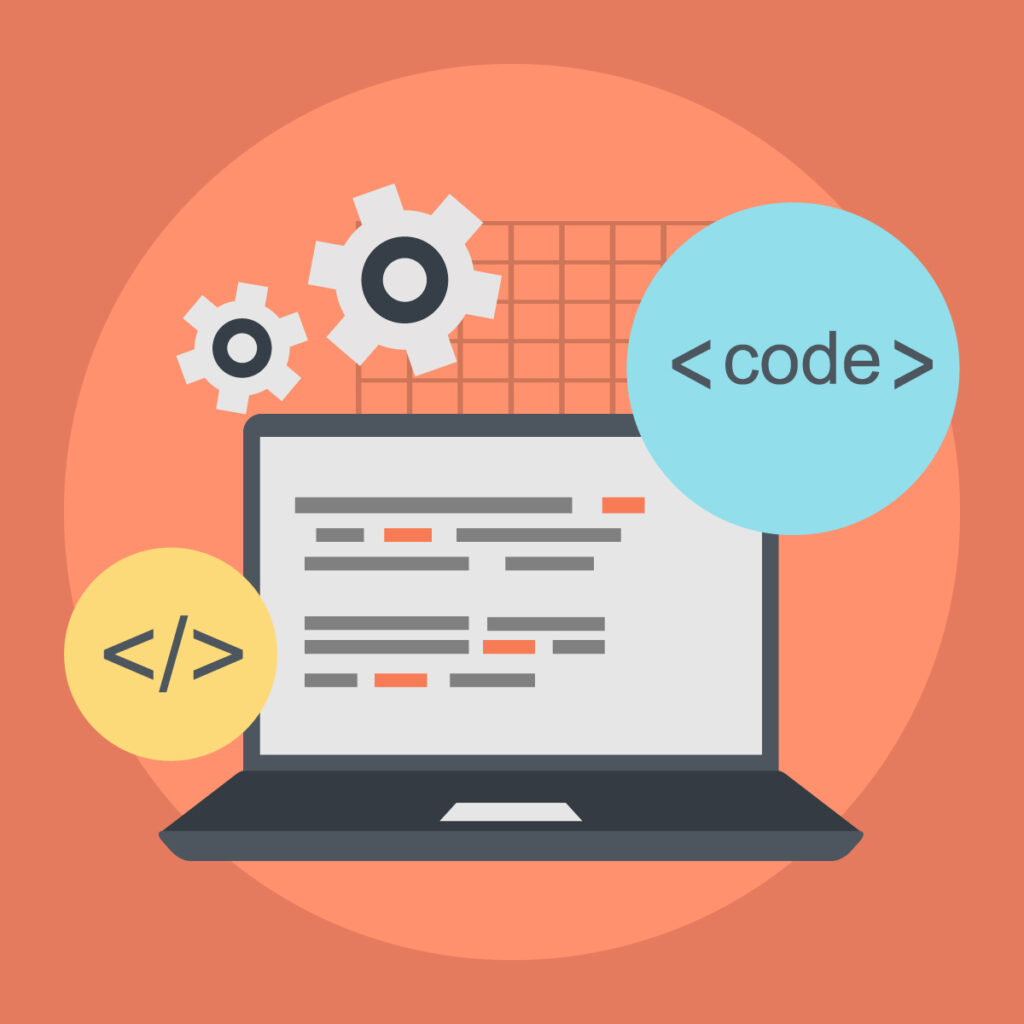In the fast-paced world of Java development, choosing the right framework is crucial. Two popular contenders are Spring vs. Spring Boot. But what are they, and which one should you use? Let’s break it down for developers in 2024.

What is the Spring Framework?
Technically, the Spring framework is a powerful and widely used Java framework that provides comprehensive infrastructure support for developing Java applications, It simplifies the development process by offering features like dependency injection, aspect-oriented programming, and transaction management. In simple terms, the Spring Framework is like a toolbox for Java developers, as it provides a bunch of helpful tools and features to make building Java applications easier and more organized. For example, you’re building a house. You are using different tools, like hammers, nails, and saws, to help you build it. In the same way, the Spring Framework provides tools to help you build Java applications.
Main Features or Tools of the Spring Framework:
- Dependency Injection: Spring allows objects to be configured and wired together externally, reducing the coupling between components. For example, you have a class for making coffee and another class for heating water. With dependency injection, you can tell Spring to automatically connect these classes so that whenever you make coffee, it automatically heats the water for you.
- Aspect-Oriented Programming (AOP): This feature allows you to add functionality to your code without directly modifying it. Think of it like adding sprinkles to a cake without having to bake a whole new one. This can be useful for things like logging or security checks.
- MVC Architecture: MVC stands for Model-View-Controller. It’s a popular way to structure applications by separating the different parts (data, presentation, and user interaction), which makes the code cleaner and easier to maintain.
- Transaction Management: It provides a consistent way to manage transactions across various data access technologies.
Advantages of the Spring Framework
- Modular and extensible: Spring’s modular architecture allows developers to choose only the components they need, making it highly customizable.
- Comprehensive Ecosystem: Spring provides a wide range of modules and extensions for different use cases, such as Spring Data for data access and Spring Security for authentication and authorization.
Drawbacks of the Spring Framework
One drawback of the Spring framework is its complexity. Configuring Spring applications often involves writing extensive XML or Java configurations, which can be time-consuming and error-prone. For beginners, it can feel overwhelming.
What is the spring boot?
Spring Boot is an extension of the Spring Framework for building web applications in Java. It makes it easier to create Java-based web applications by simplifying the setup and configuration process and it provides RAD (rapid application development) and helps in creating efficient, fast standalone applications that you can basically run Just think of it as a toolbox that provides everything you need to quickly start building a web application without having to spend a lot of time setting up the basic structure.
Main Features of the Spring Boot:
- Auto-Configuration: Spring Boot automatically configures the application based on dependencies and properties, reducing the need for manual configuration.
- Embedded Servers: Comes with embedded servers like Tomcat, Jetty, or Undertow, allowing applications to be deployed as standalone executables.
- Production-Ready Features: Includes features like health checks, metrics, and externalized configuration to facilitate production deployment.
Advantages of the Spring Boot:
- Rapid Development: With Spring Boot, developers can quickly bootstrap new projects and focus on writing business logic rather than configuring infrastructure.
- Simplified Deployment: Spring Boot’s embedded servers and executable JAR files make deployment straightforward, reducing deployment complexities.
How Spring Boot Solves Spring’s Main Issues:
- No more XML jungles: Spring Boot uses annotations for configuration, making your code cleaner and easier to understand.
- Out-of-the-box server: Embedded servers like Tomcat or Jetty come bundled, allowing you to focus on writing code, not server setup.
- Faster development: Spring Boot’s opinionated approach (pre-configured defaults) lets you get started quickly.
How Spring Boot Helps in Microservices and Cloud:
Microservices are a popular architecture style where applications are built as small, independent services. Spring Boot excels here due to its:
- Lightweight nature: Microservices need to be efficient, and Spring Boot’s focus on simplicity aligns perfectly.
- Cloud-ready features: Spring Boot integrates seamlessly with cloud platforms like AWS and Azure.
In conclusion, both Spring and Spring Boot (Spring vs. Spring Boot) are valuable tools for Java developers, each offering its own set of advantages, so the question is, when should I choose Spring and Spring Boot?
So if your application is a complex enterprise application requiring high levels of customization and you need the granular control that Spring’s detailed configuration offers, go for the Spring framework. If you need to build a modern, microservice-based application that values developer productivity and rapid development cycles, go for Spring Boot. You can setup a spring or spring boot environment using IntelliJ or STS.
For most developers in 2024, Spring Boot’s ease of use and focus on speed make it the go-to choice for building modern Java applications. However, understanding Spring’s core principles will give you a deeper appreciation for Spring Boot’s magic. If you have any doubts regarding Spring vs. Spring Boot, please contact us.


